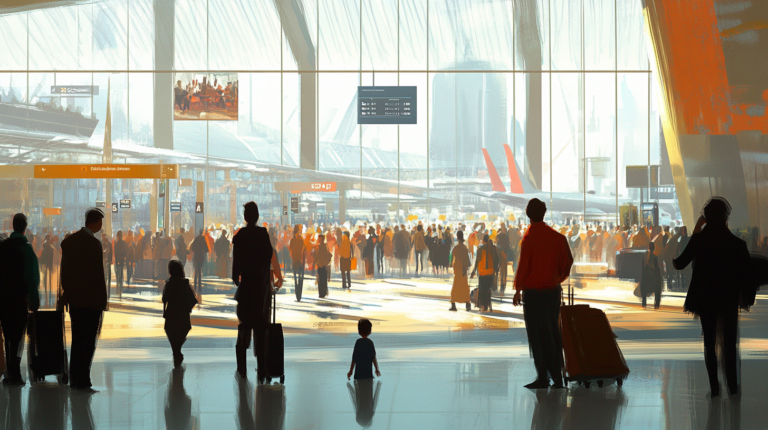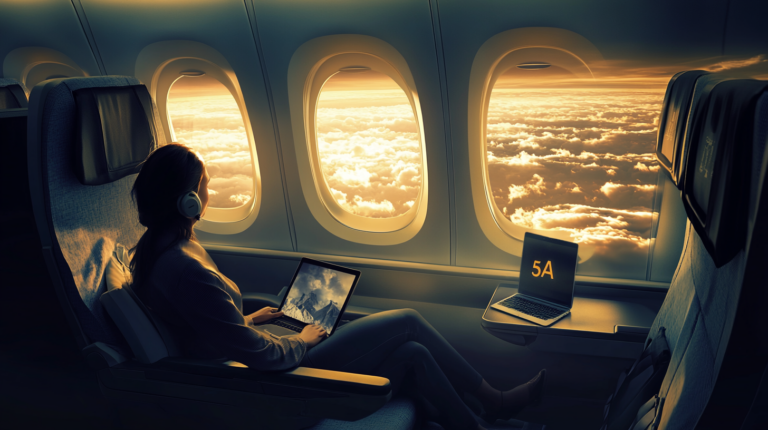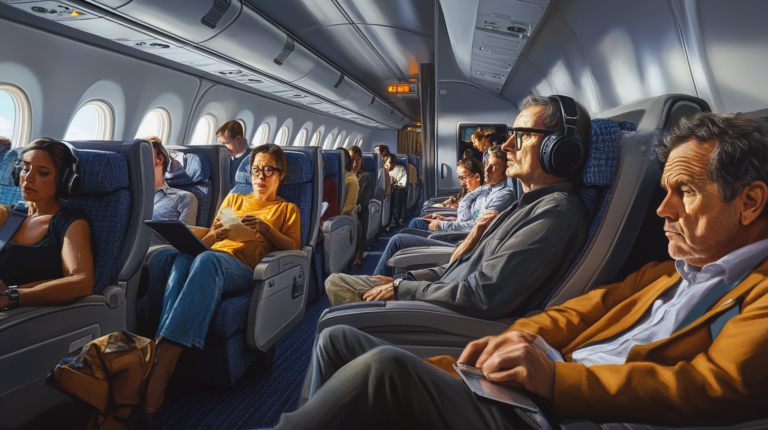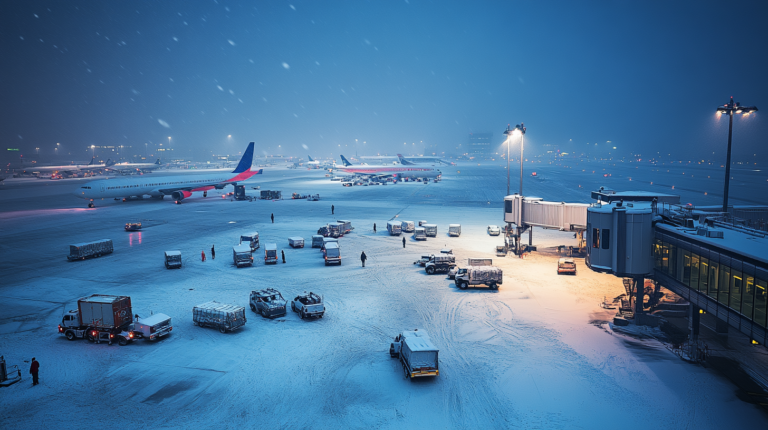Navigating the Modern Business Travel Landscape

Business travel has come a long way, transforming from painstaking route planning to today’s high-tech, data-driven itineraries. I’ve noticed how shifting from paper tickets to digital confirmations has made it easier to keep tabs on tight schedules. By scanning countless traveler experiences, I’ve discovered that a well-curated itinerary often hinges on up-to-the-minute information and reliable tools for quick adjustments.
The Evolution of Business Travel

Back in the day, business travelers had to juggle multiple phone calls, paper boarding passes, and local agent bookings. Now, according to the Global Business Travel Association, global corporate travel spending is projected to reach new heights by 2030, illustrating the ongoing demand for seamless logistics and intelligent design. In my own seat-scouting escapades, I’ve seen how travelers prioritize convenience—often focusing on direct flights and flexible rebooking options to minimize disruptions.
Around 1976, specialized publications like Business Traveller began offering insights into airline routes, tech advances, and hotel recommendations. Even as digital platforms have replaced a fair bit of that traditional guide format, many frequent flyers still turn to established resources for targeted updates. I’ve watched how the most successful business itineraries combine these trustworthy sources with the latest tech, ensuring that no trip detail slips through the cracks.
Tools That Shape the Modern Corporate Journey

I’ve found that one key to smooth travel is having a suite of essential apps installed on my phone. From booking platforms that offer real-time payment tracking to automated reminders that nudge me before a gate change, these digital tools are indispensable. A recent study suggests that app usage among corporate travelers jumped by over 40% in the past two years, reflecting how much we depend on technology to simplify every step of a work trip.
In my own travels, ride-hailing services like Uber and accommodation platforms such as Airbnb are often the not-so-secret ingredients to an efficient schedule. The shared economy offers flexible, budget-friendly options, allowing travelers to pivot quickly if a meeting runs late or if client visits extend into additional days.
The Ongoing Value of Travel Agents

Many folks rely heavily on automation for booking flights and hotels, but there’s a certain reassurance in working with a professional agent. I’ve noticed that when juggling multiple layovers, last-minute changes, or complex visa requirements, an expert can spot issues that algorithms sometimes miss. That human touch can be priceless when you’re on a critical deadline.
According to industry data, about 30% of frequent business travelers still prefer to consult with a travel agent for complex itineraries. I’ve found that speaking to an agent for specialized routes—especially in remote regions—can mean access to better deals, insider tips, or even just peace of mind if something goes amiss.
Top Picks for Reliable Resources
Staying in the know can make or break a critical meeting. I’ve seen how resources like Business Traveller and other reputable travel publications help me prepare for almost any unexpected scenario—whether it’s a sudden flight delay or a hotel mix-up. Combining expert reviews, insider advice, and up-to-date airport details can boost both productivity and comfort.
On top of that, I often look at industry websites and government travel advisories to stay ahead of potential policy changes or safety concerns. This way, I can fine-tune my schedule, ensure a stress-free journey, and keep morale high throughout my trips.
Final Thoughts
Business travel today is about flexibility, personalization, and constant connectivity. By embracing both technological tools and time-tested human expertise, global flyers set themselves up for uninterrupted productivity. I’ve watched how small details—like picking the right aircraft seat or using an aggregate travel app—can save hours of potential stress and keep you firmly on track. It’s a balancing act of comfort and efficiency that requires researching, planning, and a healthy amount of adaptability.
For me, business travel is also about harnessing all available resources—from industry data to personal stories shared by fellow travelers—so you can navigate each checkpoint with confidence. When well-prepared, a once-daunting journey suddenly feels like a new opportunity to enjoy the view at 35,000 feet.
Ryder’s Take
Sometimes, my favorite moment on a business trip is that quiet pause looking out the window before the seatbelt sign goes off. I’ve learned that no matter how busy the itinerary, it’s worth finding a seat with a little extra clarity—part scenic view, part strategy.
Ultimately, it’s about choosing seats and solutions that fit your traveling style: the ones that keep you calm, focused, and ready for whatever the day brings next.
Seat5A is here to help you discover your next adventure, one seat at a time.






